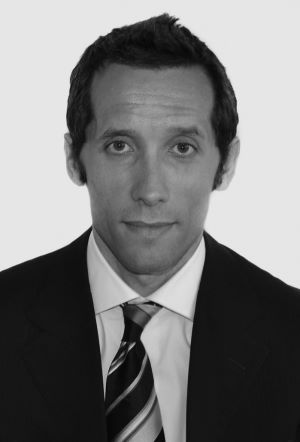What does the investment process look like in today's market, and how data management is integral to managing risk.
By Gygmy Gonnot, Managing Director and Partner at Vidrio Financial
The current macro-economic environment is unlike anything that has been seen in four decades. Rising inflation, rising interest rates and a heaping dose of market uncertainty with rising geopolitical tensions are dominating the headlines.
We recently caught up with Diego Ferri, Chief Risk Officer at Investcorp-Tages, a global allocator that creates risk-averse portfolios for a diverse set of institutional investors. Before joining Tages in 2011, Ferri was a senior portfolio manager of the funds of hedge funds division at UBI Pramerica SGR in Milan. He also previously worked for nine years within the research department at Capitalgest SGR serving as an economic and quantitative analyst.

What follows is an excerpt of our recent discussion on what the investment process looks like at the firm and how data management is integral to managing risk.
What processes does Investcorp-Tages have that differentiate the firm? How do your clients benefit from this?
Ferri: At the core of our investment philosophy, the goal is to produce consistent, repeatable alpha in different market environments, whilst maintaining a strong focus on capital preservation within a robust risk management framework. With this in mind, our investment and portfolio construction process follows a well-defined, disciplined framework where decisions are made on a discretionary basis utilizing both qualitative and proprietary quantitative inputs from top-down and bottom-up perspectives.
A high level of transparency from our underlying managers and risk analysis that are mainly based on position-level data also allows us a high degree of flexibility in designing customized risk reporting for our clients.
How important is the ability to customize your investment process? How does that play into the volatile environment we are in?
Ferri: We firmly believe in the added value of our investment process, which has been refined over time thanks to the contribution of an experienced team. We think the importance of customization, particularly in periods of high volatility, resides rather in our deep knowledge of the market and expertise in designing and managing customized portfolios that invest in a wide range of strategies and in all liquidity spectrum of alternative investments.
Are you seeing any new regulations or increased regulations on the back of recent events (COVID, Russia/Ukraine etc.)? Is that impacting your day-to-day operations? Are you having to allocate more resources to service providers?
Ferri: More recently, we have noticed an increased focus of investors, auditors and regulators on exposures that are related to countries connected with the Russian/Ukrainian conflict and companies that have been subject to sanctions. To cope with this type of request, exposures data from our risk aggregator is integrated with more granular information that is collected directly from the managers
How do you vary your analysis based on the manager's/fund's asset class?
Ferri: For fundamental managers, data related to sector exposure, factor tilts and beta/alpha properties are valued as extremely important. For this reason, in our regular fund monitoring, strong attention is given to these metrics. For tactical managers, our attention is instead more focused in monitoring and understanding the evolution and shifts in overall portfolio risk numbers, geographical and asset class risk concentrations and to monitor that risk procedures and limits are constantly respected
How do you manage the risk in your portfolios in the current volatile environment?
Ferri: In times of high volatility such as the current one, we usually increase the cash component of our portfolios. This is in order to reduce the directionality of our portfolios and to be able to deploy cash where opportunities and dislocations materialize.
How do you aggregate risk across external managers with differing and limited transparency?
Ferri: We typically negotiate single position transparency with the managers in which we invest. Where it is not possible, risk factor analysis based on historical returns and exposures are used to aggregate risk across managers. Thanks to our strong relation with underlying managers, also regular updates with them are an integral part of the risk management process. The Vidrio platform greatly helps with the transparency and aggregation process.
What are the key metrics you are looking for across time periods?
Ferri: The risk stress tests and integrated risk and portfolio transparency within Vidrio are extremely useful when analyzing portfolios. Stress tests, exposures, and several risk metrics are regularly monitored and compared to previous observations to detect significant shifts. Among these, particular attention is given to the evolution of Value at Risk, Expected Shortfall, sensitivities and risk concentrations. Also, historical stress tests are particularly useful to account for non-linear risks and regime changes.
Is there a particular way you are looking at exposures? Have you changed the way you look at exposures?
Ferri: We look at exposures with drill-downs that are specifically designed for different strategies. Our approach has not changed over time, even if the focus on monitoring the exposure of fundamental managers to growth and value factors - key drivers of performance and volatility - has certainly increased over the past couple of years.
How frequently do you analyze your exposures? What is the importance of data delivery speed when it comes to making better investment decisions?
Ferri: In normal times, exposures are monitored on a monthly basis. In periods of particular stress, monthly exposures collected with our risk aggregator are complemented by data sourced during update calls with the managers and on an ad-hoc basis.







